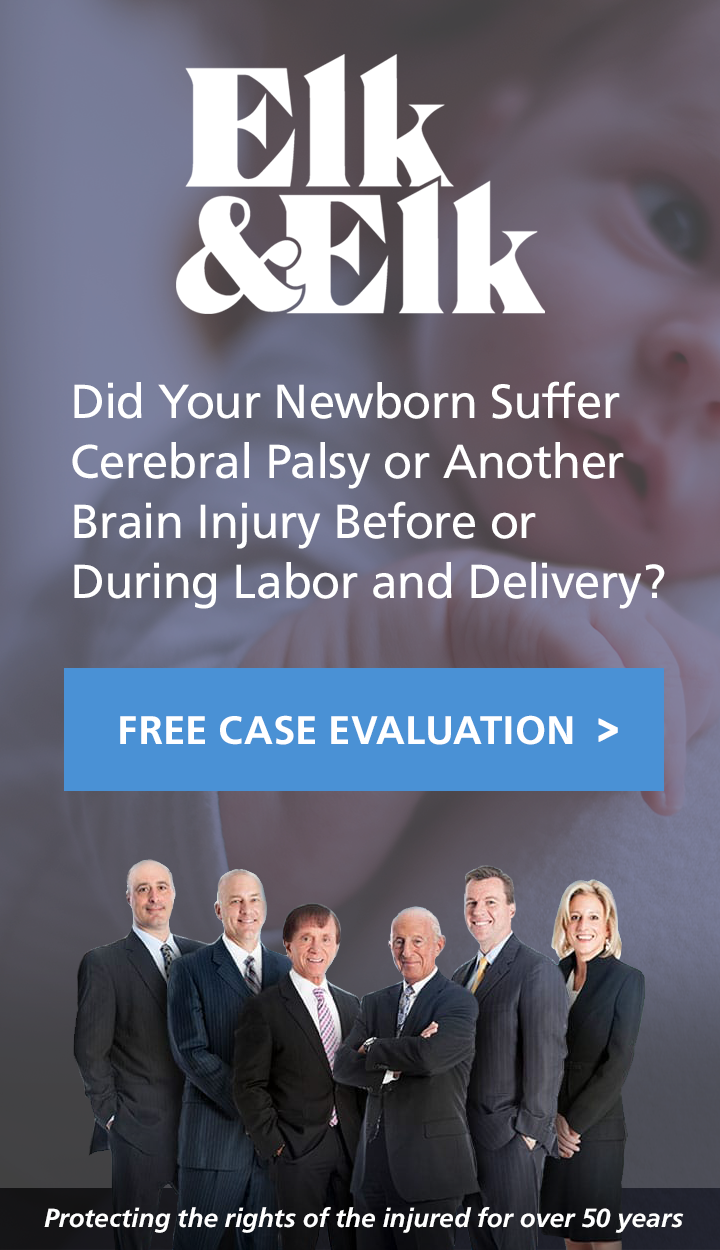Skin Injury
Cooling therapy, while necessary for infants born with HIE, can lead to several risks and complications. The use of cooling devices such as blankets and caps can cause epidermis breakdown.
Get A 100% Free CASE EvaluationThe potential adverse effects of hypothermia therapy, must be carefully monitored for clotting disorders, hypotension, scleroderma, electrolytic disorders, and skin burns.
The Side Effects of Hypothermia Therapy in Infants with HIE
While not all babies will experience side effects from therapy, there are two expected benign side effects that can occur:
- Sinus bradycardia, a minor cardiac arrhythmia or slow heartbeat which usually resolved when the baby is re-warmed
- Edema, or swelling of tissue. This condition often goes away on its own or with re-positioning and massage. During the 72-hour treatment, a nurse examines the skin and frequently repositions the baby.
Which Method of Cooling Therapy Should Be Used on Infants?
Clinical trials have found there to be similar effects using total body cooling with a blanket or mattress and head cooling with a cap. Selective head cooling has proven successful with mild systemic hypothermia. The aim is to maintain the fontanelle temperature at below 30 degrees Celsius. But, the system can induce skin breakdown or edema.
Cooling Therapy May Injure Skin, Tissue, and Nerves
Prolonged exposure to therapy can lead to severe side effects, including:
- Tissue damage
- Nerve damage
- Chronic pain
- Frostbite
- Abrasions or chilblains
Treating Skin Injuries
Gradual re-warming is the initial stage of treatment for injuries that result from therapy. The affected extremities should not be rubbed, and in some cases, analgesia may be necessary.
Long-Term Prognosis for Children with Hypoxic-Ischemic Encephalopathy
Often, HIE is caused when the baby experiences a lack of oxygen to his or her brain either near the time of birth or during birth. HIE is a brain injury, but it does not necessarily cause permanent brain damage. But, many children born with HIE will be permanently injured or diagnosed with impairments and disabilities.
The therapy works to halt just about every injurious process that occurs when the brain is deprived of oxygen.
When HIE leads to permanent brain damage in an infant, the child may be left with conditions such as:
- Intellectual disabilities
- Seizures
- Cerebral palsy
- Speech delays
- Developmental delays
- Microcephaly
- Motor disorders
- Learning disabilities
During the cooling treatment, babies will be routinely checked, monitored, and moved around so as to avoid injury to the epidermis and tissue.


